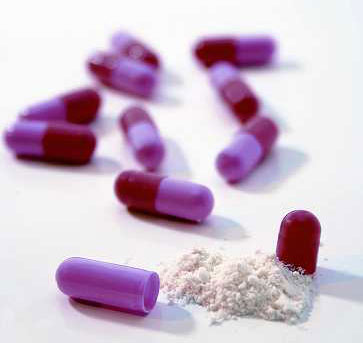New superbug hits mainland
To date, NDM-1, short for New Delhi metallo-beta-lactamase-1, has been found mainly in Asian countries and regions such as India and Taiwan, and some western countries like Britain, the Netherlands, Australia, Canada, the United States and Sweden.
 In cases on the Chinese mainland, none of the infected have ever traveled to these areas, said Xu Jianguo, director of the infection prevention and control department of the CDC.
In cases on the Chinese mainland, none of the infected have ever traveled to these areas, said Xu Jianguo, director of the infection prevention and control department of the CDC.
"But given rising international exchanges nowadays, whether the superbug came from outside or within the mainland is unclear," he said.
Currently, most of the bacteria carrying NDM-1 can be treated using a combination of different antibiotics, experts said. However, some fear NDM-1 could jump to other strains of multi-drug resistant bacteria.
This might produce dangerous infections that would spread rapidly from person to person and be almost impossible to treat, according to Ye Xiaoguang, an infectious disease expert with the Second Affiliated Hospital of Guangzhou Medical University.
The elderly, the newborn and those who are hospitalized for long periods or take antibiotics frequently are at greater risk of superbug infection, he said.
Xu said the latest detection would at least help remind the Chinese public, including medical workers, of the severe consequences of antibiotic abuse.
The Ministry of Health has repeatedly issued guidelines for clinical doctors on the proper use of antibiotics and stepped up surveillance on drug resistance.
Early this month, it distributed nationwide guidelines urging full preparations at medical institutions for treating NDM-1.
 0
0 






